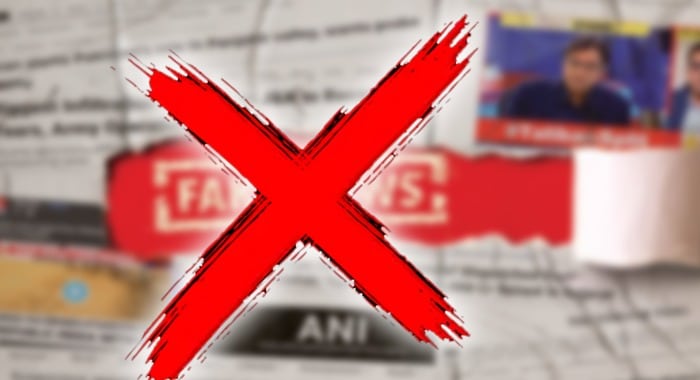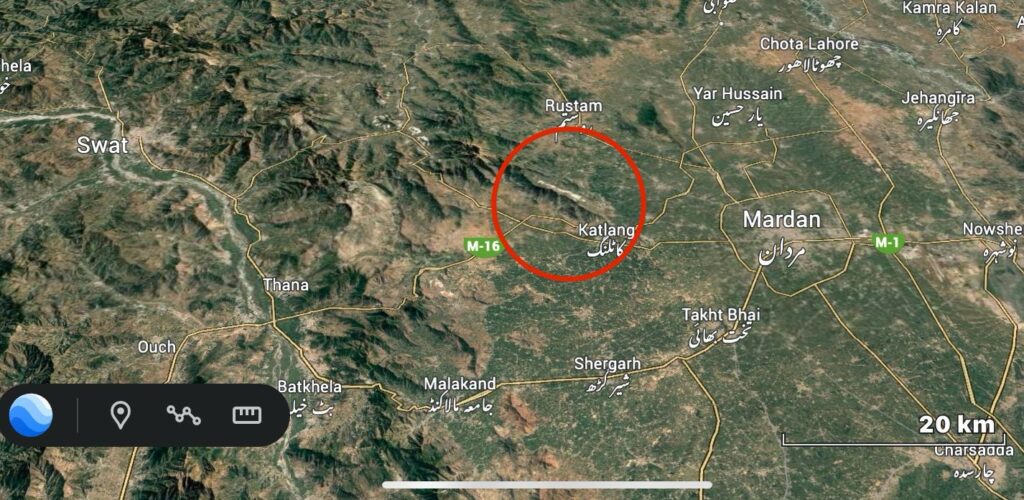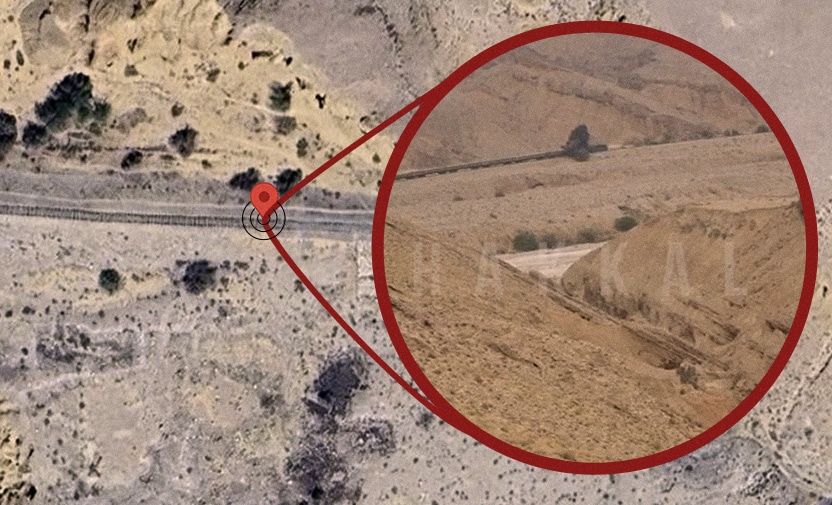In the wake of the tragic attack in Pahalgam, a flood of fake, fabricated, and dangerous news stories has emerged, with the aim of distorting the truth and shifting blame. The latest report by the Fake News Watchdog, spanning 31 pages, uncovers significant revelations regarding the deliberate spread of misinformation. This campaign, orchestrated in part by Indian media and political figures, has contributed to inflaming tensions and misguiding public opinion.
The ‘False Flag’ Narrative and India’s Manipulation of Facts
After the Pahalgam attack, a highly coordinated disinformation campaign sought to label the incident as a “false flag” operation, falsely attributing the attack to Pakistan. Various reports have shown how Indian media outlets and political leaders attempted to manipulate the situation to place blame on Pakistan without any credible evidence. The fabrication of such narratives is a clear effort to shift focus away from India’s own failings, as seen in the spread of this baseless narrative on social media platforms.
Fabricated Evidence: India’s Use of Misinformation
One of the most alarming aspects of this disinformation campaign was the widespread distribution of manipulated visuals. For instance, images and videos were altered to falsely depict the victims of the attack. A photoshopped image featuring a woman sitting beside a man lying on the ground was circulated as evidence of the attack, sowing further confusion. Such fabricated content aims to distort reality and mislead the public, with the intention of harming Pakistan’s international image.
Furthermore, false reports of Pakistan’s alleged involvement in an “imminent nuclear conflict” and the fabricated images of “chaos at Pakistani fuel stations” were used to heighten tensions between the two nations. These sensationalized stories are part of a broader agenda to create an atmosphere of fear and mistrust, deflecting attention from the real issues at hand.
Manipulation of the Attack’s Timeline
The Fake News Watchdog report highlights the discrepancies between eyewitness accounts and the official reports coming out of India. Indian media outlets quickly circulated a series of contradictory reports that placed the blame on Pakistan. A shocking example includes the misleading linking of a heartbreaking image from 2018 to the Pahalgam attack. By connecting this photo to the incident, Indian media tried to create an emotional narrative that would sway public opinion without offering any verifiable evidence.
Additionally, Indian news outlets propagated fake reports that the attack’s perpetrator was a Pakistani individual who had allegedly carried out the attack with an AK-47. However, the individual in the image was actually an Afghan man, and the photo was taken in 2022, unrelated to the Pahalgam incident.
4. Political Exploitation: India’s Strategic Use of Fake News
Indian political figures were quick to exploit the situation for political gain. BJP leaders, including JP Nadda and Amit Shah, were among the first to tweet accusations implicating Pakistan, using the tragedy to further their own agenda. The political leadership’s rush to make inflammatory statements without any concrete evidence is indicative of a strategy to fuel tensions and create diplomatic fallout.
Furthermore, the strategic release of intelligence reports, some of which were later proven false, further fueled the already growing narrative of cross-border terrorism. This coordinated disinformation campaign only added to the already volatile situation, with both nations suffering reputational damage.
The International Spread of Misinformation
The scope of this misinformation campaign was not limited to India alone. Cybersecurity experts have traced the propagation of fake news to international networks, suggesting the involvement of foreign actors aiming to sow discord between India and its neighbors. By utilizing social media platforms and global news agencies, the disinformation reached audiences worldwide, further complicating the crisis.
6. Impact on Diplomatic Relations and Global Perception
The spreading of false narratives has had a direct impact on diplomatic relations between India and Pakistan. By misrepresenting the Pahalgam attack as a Pakistani operation, both governments have been forced into making rash decisions. This included the suspension of the Indus Water Treaty and the closure of airspace, which have had severe consequences for both nations.
Such diplomatic fallout, triggered by a combination of fake news and political maneuvering, has also worsened global perceptions of both countries. While India attempts to portray Pakistan as a state sponsor of terrorism, it is clear that India’s own manipulation of information has contributed significantly to the escalation of tensions.
Conclusion: The Need for Accountability and Global Cooperation
The Pahalgam attack has revealed the extent to which misinformation can be weaponized to serve political agendas. India’s orchestrated campaign to manipulate public opinion and shift blame is a serious concern that must not go unchallenged. The spread of fabricated news, doctored images, and false narratives has only exacerbated the crisis and led to diplomatic repercussions that could have been avoided.





